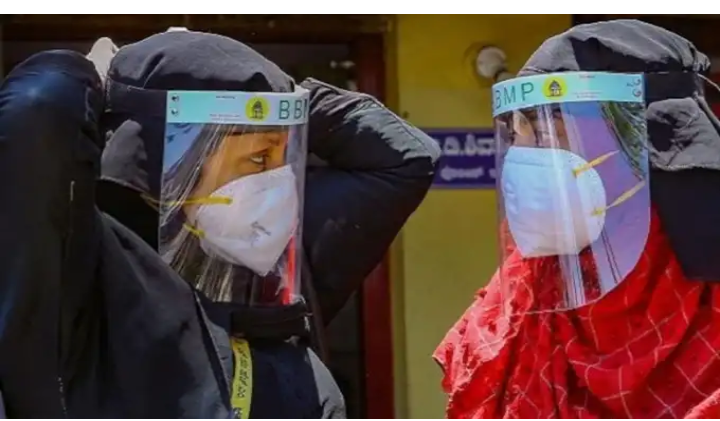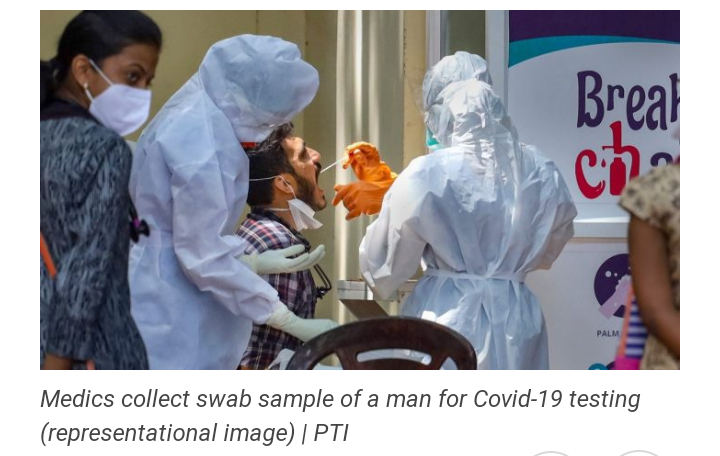Worldwide, total 11.8 million confirmed cases and 6.42 million people recovered, 544 thousand people died due to COVID-19.

The World Health Organization on Tuesday acknowledged “evidence emerging” of the airborne spread of the novel coronavirus, after a group of scientists urged the global body to update its guidance on how the respiratory disease passes between people.
“We have been talking about the possibility of airborne transmission and aerosol transmission as one of the modes of transmission of COVID-19,” Maria Van Kerkhove, technical lead on the COVID-19 pandemic at the WHO, told a news briefing.
On Monday, an open letter to the medical community by 239 scientists published in the Clincal Infectious Diseases journal, urged the medical community, as well as national and international bodies to recognize the potential for airborne spread of covid-19.
Recent evidence suggests that aerosol transmission of Covid-19 may pose a higher risk than was earlier believed. Specialist caution that emerging evidence of transmission, especially from environments like those of meat processing plants, which have recently emerged as infection hotspots, suggests that aerosol transmission may be more common than we think.
Any change in the WHO’s assessment of possibility of transmission could affect its current advice on keeping 1-metre (3.3 feet) of physical distancing. Governments, which rely on the agency for guidance policy, may also have to adjust public health measures aimed at restrain the spread of the virus.

The well built evidence for airborne transmission of the novel coronavirus, SARS-CoV-2, is prior work suggesting that the related virus behind the 2003 SARS epidemic spread through airborne transmission. “There is every reason to expect that SARS-CoV-2 behaves similarly, and that transmission via airborne microdroplets is an important pathway,” according to the letter, published Monday in the journal Clinical Infectious Diseases.











